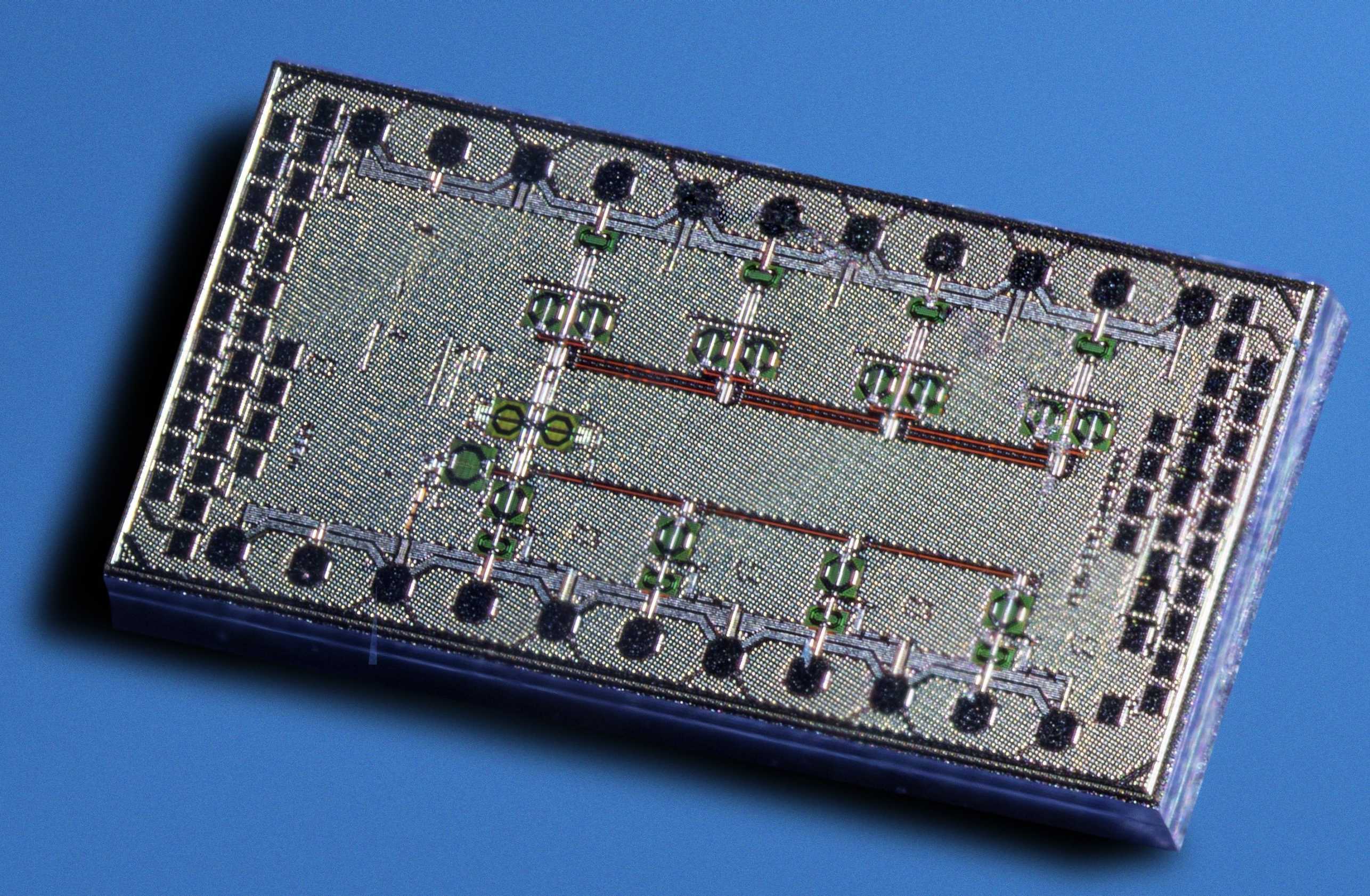WP3: 6G Communications
WP3 will develop research that aims at increasing reliability, data rates, and system capacity of upcoming sixth-generation (6G) wireless communication systems with multi-antenna and terahertz (THz) technologies, while maintaining low power consumption as well as augmenting such systems with novel capabilities, such as sensing, user positioning, and radar. Besides such efforts, low-power circuit-level solutions will be developed that enable highest spectral efficiency at low power.

Sixth-generation (6G) wireless systems will explore two main trends that aim at increasing data rates and system capacity while maintaining low power consumption as well as adding new capabilities beyond classical communication. On the one hand, there is a clear trend to proceed to higher frequencies, approaching the terahertz (THz) range, enabling the efficient use of large-scale integrated antenna arrays and supporting wider bandwidths. On the other hand, the availability of higher frequencies, antenna arrays with more elements, and wider bandwidth enable one to re-use communication signals for the purpose of sensing, similar to radar, but without the need for dedicated frequencies. The European Union and the US have already launched key research programs to shape the next generation of wireless systems. In the EU, many initiatives of the Smart Networks and Services Joint Undertaking (SNS JU) include support for circuits and systems for future wireless systems and in the US, the Semiconductor Research Council (SRC) funds numerous research centers that focus on leadership in communication technologies.
WP3 Lead: Prof. Andreas Burg, EPFL
Andreas Burg leads the external page Telecommunication Circuits Laboratory (TCL), part of the external page Institute of Electrical and Micro Engineering at EPFL. The group's research concentrates on the development of circuits and systems for digital signal processing with a strong focus on telecommunications. Their work finds application in wireless and wireline communication systems, and in a variety of applications related to telecommunications.
Contact: external page Andreas Burg
WP3 Co-lead: Dr. Paulo Dal Fabbro, CSEM
Paulo Dal Fabbro leads the RF & Timing IC Design group at CSEM in Neuchâtel. The group focuses on the design of low power RF integrated circuits, including narrowband, ultra wideband and mm-wave transceivers.
Contact: external page Paulo Dal Fabbro,
WP3 Students & Researchers
- Dr. Oscar Castañeda, Postdoc, ETH, Supervisor: Prof. Christoph Studer
- Seyed Hadi Mirfarshbafan, PhD student (recently defended), ETH, Supervisor: Prof. Christoph Studer
- Killian Hafer, PhD student, ETH, Supervisors: Prof. Hua Wang, Dr. Konstantinos Manetakis
- external page Dr. Nergiz Sahin Solmaz, PostDoc, CSEM, Supervisor: Dr. Konstantinos Manetakis
- external page Yuqing Ren, PhD student, EPFL, upervisor: Prof. Andreas Burg
- external page Dr. Yifei Shen, Postdoc, EPFL, Supervisor: Prof. Andreas Burg
- external page Choné Clément, PhD student, EPFL, Supervisors: Prof. Andreas Burg, Prof. David Atienza
- external page Yuqi Wang, PhD student, EPFL, Supervisor: Prof. Andreas Burg
- external page Andreas Kristensen, PhD student, EPFL, Supervisor: Prof. Andreas Burg
- external page Dr. Wenqing Song, Postdoc, EPFL, Supervisor: Prof. Andreas Burg